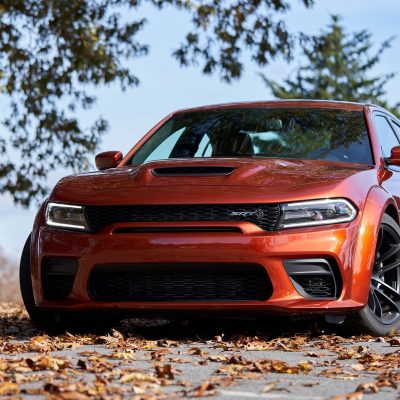Birds are an endless source of fascination, be it their behavior while courting, or their effortless grace in flight. Many photographers have felt the urge to capture this beauty via bird photography and then run into difficulties.
As a genre, bird photography is one of the most challenging. But, with a little know-how and some technical skills getting stunning bird photographs is something that anyone can achieve.
Bird Photography Tips
I’ve enjoyed meeting the challenges of bird photography for many years. I’ve picked up lots of useful tips over time and I’m pleased to be able to share them with you here.
Here are some tips I’ve learned over the years.
1. Be Cautious and Quiet in Your Movements
Move slowly and quietly around the birds. They’re notoriously skittish and any abrupt movement can scare them away. This includes the way you lift your camera. Rather than lifting it quickly to your eye, as you would elsewhere, make it a slow, subtle movement. If you’ll miss shots by moving slowly, try to keep the camera to your eye as much as possible. If you’re sitting you may be able to find a way to brace your arms on your knees to help take the weight.
2. Approach the Birds Gradually
When walking towards birds, do it in small stages. All birds have a comfort zone. Beyond the perimeter of this comfort zone, they’ll be watching you, ready to fly away if they deem you to be a threat. It’s a good idea to take a few ‘safety shots’ when you first start approaching a bird. By doing this, you’ll know you’ve got something in the bag in case the bird is spooked and flies away. You can always crop the image later if this happens. From there, gradually edge closer, moving quietly and slowly, taking a few frames every few steps. With luck and patience, you’ll get some great shots much closer!
3. Look out for Young Birds
Juvenile birds are often more tolerant of human contact than their parents. This is simply because they haven’t yet learned to be scared of us. The fledgling Blue Tits in our garden last summer were very trusting, allowing me to get incredibly close at times. This trust doesn’t last forever though, so make the most of it and take lots of photos before they lose their boldness!
4. Talk to the Birds!
One wildlife photographer, I’ve come across talks to the birds quietly as he approaches them. His logic is that a predator would approach in silence, so the birds realize you’re not a danger. I’ve tried this with our garden birds, with some success, but I can’t promise it’ll work with all species!
5. Don’t Chimp!
We’ve all done it – you check recently taken photos on your camera’s LCD, while oohing and aahing, like a chimpanzee! Aside from quickly double-checking your exposure settings, does this help you get better shots? No! While you’re admiring the photos you’ve taken, that rare species you were hoping to photograph might turn up, and you’ll almost certainly miss it. Admire your photos when you get home, not in the field.




